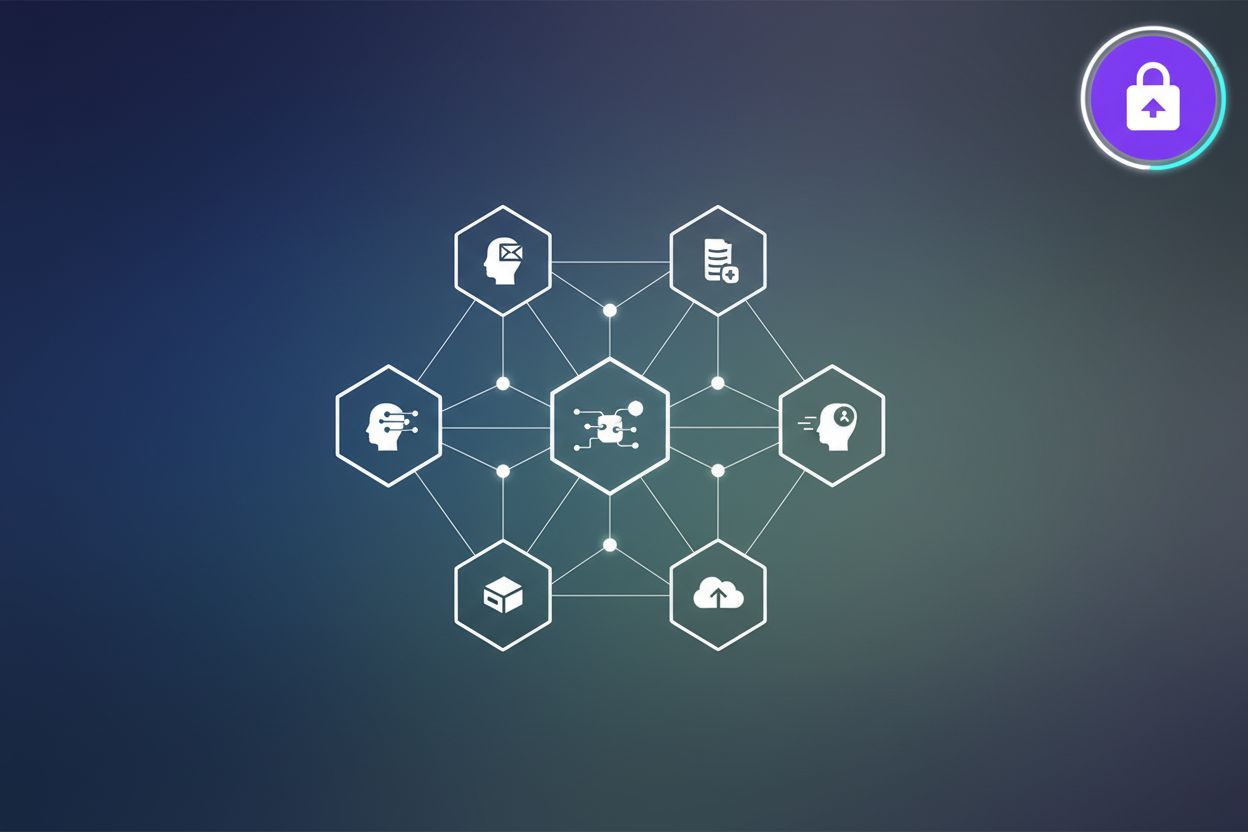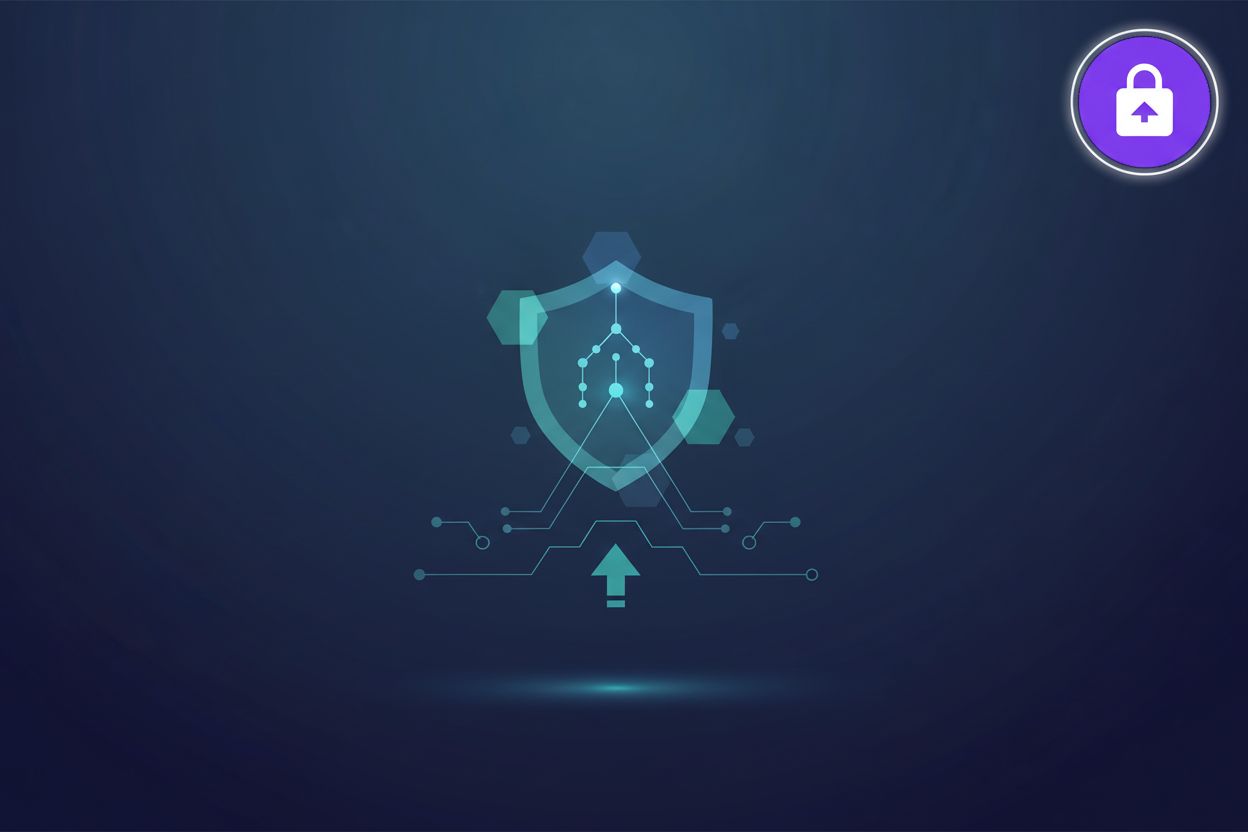Adaptive Authentication Unleashed The AI Revolution in Secure Logins
TL;DR
The Evolving Landscape of User Authentication
It's kinda wild how much logins have changed, right? Not that long ago, it was just usernames and passwords. Now? It's a whole different ballgame.
Passwords...well, we all know they're a pain and easy to crack. Brute-force attacks and phishing scams means they don't cut it. (What Is A Brute Force Attack?) AI helps by analyzing patterns that indicate brute-force attempts, something passwords alone can't do.
2FA? better, but still got problems. Relying on your phone? What if you lose it, or someone does a SIM swap? (What if you lose your phone after turning on two-factor ...) AI can add another layer, flagging unusual access patterns even if the second factor is presented.
Biometrics, sounds cool, but spoofing is a thing. Plus, some folks worry 'bout privacy, and they ain't always accurate, ya know? (Combatting Biometric Spoofing - 1Kosmos) AI can help by analyzing the behavior associated with biometric use, making it harder to spoof.
AI is pretty good at analyzing large datasets, spotting weird patterns, and learning on the fly. That's why it's useful for logins.
Real-time risk assessment? AI can do that. It can change the login stuff depending on how risky things look.
Proactive threat detection? Stops bad guys before they get in.
Now, let's see how AI is changing the game.
AI-Powered Authentication Techniques Deep Dive
It's kinda crazy how AI is changing authentication, ain't it? It's not just about passwords anymore; it's about how you are who you say you are.
Behavioral biometrics? It's all about how you act online. Think about it – your typing speed, how you move your mouse, even the rhythm of your clicks. AI algorithms watch these unique patterns, creating a profile that's hard for anyone else to copy. It's like a digital fingerprint of your behavior.
- Financial institutions are using this to spot fraud. If your usual typing speed suddenly changes during a transaction, that's a red flag.
- E-commerce platforms can tell genuine shoppers from bots by analyzing mouse movements and scrolling patterns.
- Even healthcare is getting in on it, tracking how doctors interact with electronic health records to prevent unauthorized access.
Contextual authentication takes it a step further, looking at where and how you're logging in. Device type, location, time of day – AI analyzes all these factors in real-time.
- If you usually log in from your laptop in New York but suddenly try to log in from a phone in Russia, the system might ask for extra verification.
- Banks use this to assess the risk of each login attempt.
- E-commerce sites can prevent fraud by checking device fingerprinting and IP geolocation.
- Healthcare providers use it to control access to patient data, making sure only authorized personnel can get in based on their role and location.
Continuous authentication keeps watching you after you've logged in. LoginRadius mentions that AI monitors your behavior throughout the entire session. Any weird stuff, and it'll flag it. For example, AI might notice if you suddenly start copying and pasting large amounts of text, which is unusual for typical user interaction. Or if your mouse movements become erratic and jerky, deviating significantly from your established baseline. These anomalies trigger further scrutiny, potentially leading to a request for re-authentication, like a one-time passcode sent to your registered device, or even a temporary account lockout if the behavior is highly suspicious.
- If you suddenly start accessing sensitive info outside of regular hours, the system might ask for more authentication.
- E-commerce platforms can spot anomalies in browsing, shopping cart activity, and payment transactions. Maybe pop in 2FA.
- Healthcare can also use this to detect unauthorized changes to patient records. LoginRadius notes that this protects against data breaches and ensures compliance.
So, AI isn't just making logins harder; it's making them smarter. As Veza.com points out, AI can help identify and prioritize identities with high privileges.
Now that we've explored the powerful AI techniques driving adaptive authentication, let's turn our attention to how developers can actually implement these solutions.
Implementing Adaptive Authentication A Developer's Guide
So, you're ready to put adaptive authentication into action? Cool, let's get started. Keep in mind, it's not always a walk in the park, but it's worth it, trust me.
Picking the right AI model is kinda like picking the right tool for a job – you gotta think about what you're workin' with.
- First, evaluate your infrastructure. Can it handle the AI model? Also, how sensitive is your data, and what regulations do you need to follow? Healthcare firms, for example, gotta be extra careful 'bout HIPAA compliance.
- Next, balance security with user experience. You don't want logins so tough that folks give up. And think about scalability – can the system grow as you get bigger?
- Finally, go modular. Don't try to change everything at once. Implement things bit by bit.
Alright, so you've got your AI capabilities integrated. Now, how does it actually fit with what you already have?
- Assess your current authentication. See where AI can actually improve things. Maybe it's spotting weird login attempts or making 2FA smarter.
- Don't replace everything. Small improvements are better than a total overhaul. Unless your current system is like, totally busted.
- Middleware is your friend. Got some old systems? Middleware can help new AI play nice with 'em. Think of it as a translator between old and new tech.
LoginHub is an illustrative example of a platform that offers AI-powered tools for login management. This means you can get free AI-powered tools for login management, social authentication, multi-platform logins, and real-time analytics.
- Social Login Integration Hub, makes adding social login easy, boosting user convenience and security.
- Multi-Platform Authentication for a secure login across all platforms.
- Login Analytics Dashboard gives insights into user behavior, so you can tweak your authentication.
- API Integration Manager makes secure and efficient data flow a breeze.
Test LoginHub now for instant, professional-grade solutions without registration. [https://loginhub.com]
Okay, so next up, we'll be diving into the world of "Real-Time Threat Detection Using AI".
Future Trends and Challenges
Ever wonder what keeps security experts up at night? It's not just if they'll get hacked, but how. The threat landscape keeps changing, ya know?
AI-powered cyberattacks are getting more sophisticated. They're using machine learning to crack passwords and craft super-convincing phishing scams, as adnovum.com points out.
We need to stay vigilant and proactive with our cybersecurity measures. That means monitoring our systems all the time and patching up vulnerabilities before the bad guys find 'em.
AI-powered authentication systems aren't bulletproof either. Hackers are always looking for ways to trick the algorithms and sneak in, so we gotta keep improving our defenses!
Storing and using sensitive user data raises privacy concerns. We gotta be transparent about what we're collecting and how we're using it, and make sure it's all super secure.
It's important to think about biases in AI algorithms. If the AI is trained on biased data, it could discriminate against certain groups of people, which ain't cool.
Federated learning could help enhance AI authentication. It's a way to train AI models on multiple devices without centralizing user data. Adnovum.com notes that this approach enhances security because the data never leaves the user’s device. For example, instead of sending all user typing patterns to a central server, each device trains a local model, and only the model updates are shared, protecting individual privacy.
Blockchain can strengthen AI-driven authentication systems, too. It creates a tamper-proof ledger for verifying identities. This means that any authentication event recorded on the blockchain is immutable, preventing tampering and providing a verifiable audit trail.
Self-sovereign identity (SSI) with AI gives users more control over their digital identities. It reduces the need for third-party verification and enhances privacy.
Let's explore federated learning and decentralized identity further.
Strategic Insights and Best Practices
Okay, so you've made it this far – ready to wrap things up and talk strategy? It's not just about the tech; it's how you use it, right?
So, what are the things to keep in mind?
- Continuous monitoring and updates for authentication systems are a must. The threat landscape is always changing, so your authentication gotta keep up. As future processing says, AI enhances security by analyzing user behavior and spotting anomalies.
- Collaboration with cybersecurity service providers gives you access to expertise and resources you might not have in-house. They can help assess risks, integrate AI-driven solutions, and provide ongoing monitoring.
- Balancing security with user experience is key. You don't want to make logins so difficult that users get frustrated, but you also need to keep things secure.
Implementing AI-enhanced authentication isn't a one-time thing; it's a continuous process of improvement.
Integrating AI with your current setup may seem a bit daunting, but it doesn't need to be, right? Start by assessing what ya already have and see where AI can make the biggest impact. Maybe that's reducing false positives or beefing up MFA.
Don't try to replace everything at once – a phased approach is usually best. Testing AI enhancements in smaller environments before rolling them out across the whole enterprise minimizes disruption.
Picking the right AI model is crucial. Consider your infrastructure, the sensitivity of your data, and you gotta balance security, user experience, and scalability.
As mentioned earlier, partnering with cybersecurity service providers is key. They offer expertise and resources, help with risk assessment, and assist in integrating advanced technologies like behavioral biometrics.
Many organizations are already using AI to improve access control by monitoring access across systems, automating remediation of security misconfigurations, and recommending specific roles and permissions based on user activity. For example, a financial services company might use AI to detect when a user with read-only access suddenly attempts to modify a critical database, triggering an alert and automatically revoking their access until reviewed. Another example is an e-commerce platform using AI to analyze user browsing patterns and automatically assign them to a customer support tier based on their engagement level.
So, yeah, AI is changing the game in authentication. It's not just about if you'll get hacked, but how you're gonna defend against it.





